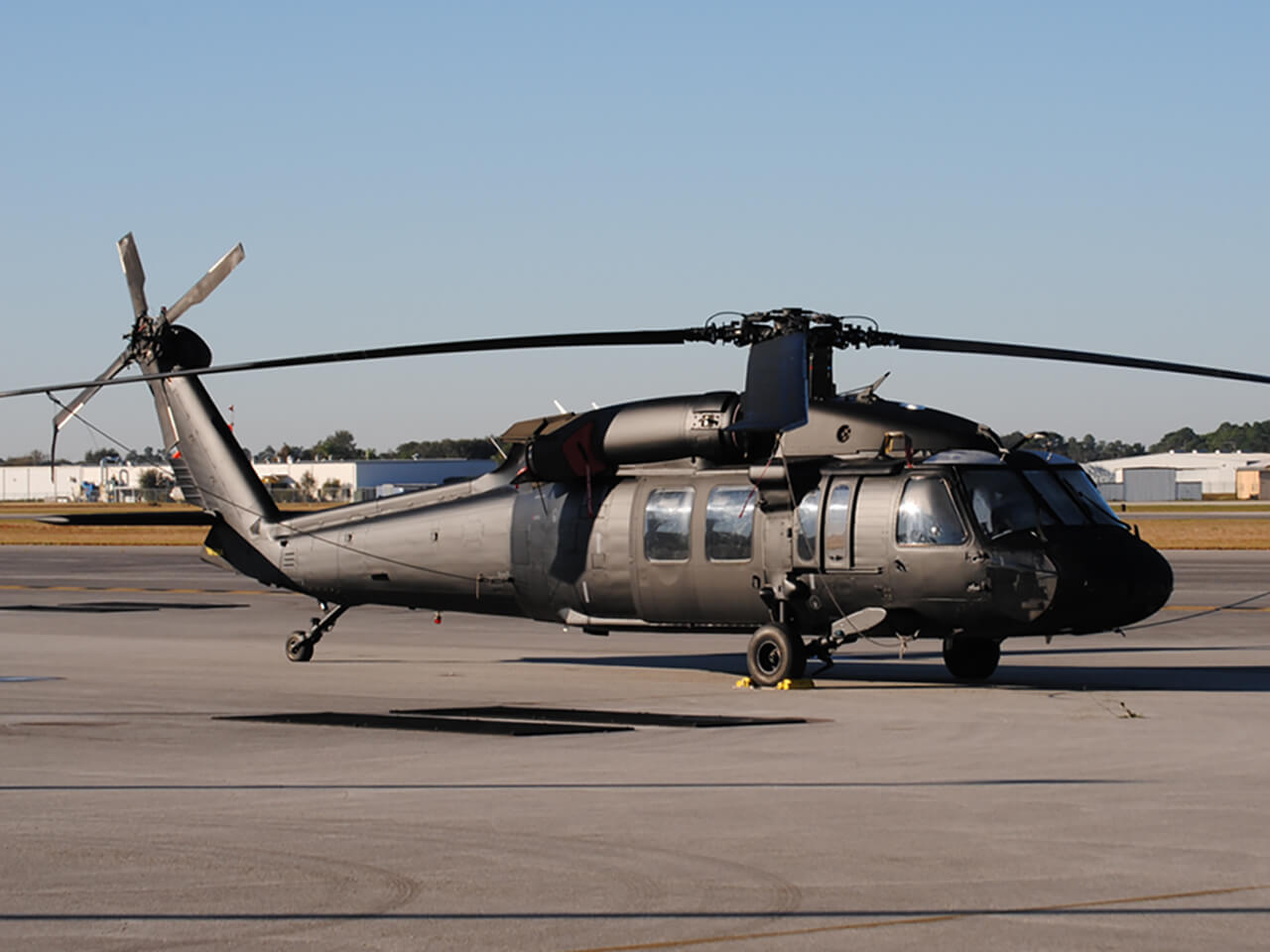How the UH 60 Revolutionized Helicopter Design for Military and Civilian Uses
How the UH 60 Revolutionized Helicopter Design for Military and Civilian Uses
Blog Article
Everything You Need to Know Concerning the UH 60 Helicopter
The UH-60 helicopter, a keystone of U.S. Military aviation because its launching in 1979, represents an amazing mix of design and operational adaptability. As military requirements advance, so as well does the helicopter, with recurring innovations aimed at improving its abilities and integrating modern-day innovations.
History of the UH-60
Established in the late 1970s, the UH-60 Black Hawk helicopter became a feedback to the U.S. Army's need for a flexible energy helicopter that can perform a range of objectives under difficult problems. The inspiration for its layout was the drawbacks determined in the earlier helicopters used during the Vietnam Battle, especially in regards to survivability, speed, and maneuverability.
The Black Hawk was created by Sikorsky Airplane, integrating sophisticated modern technologies and materials to improve its performance and durability. It was officially introduced into service in 1979, rapidly ending up being an important property for armed forces procedures - uh 60. Its ability to deliver soldiers, clinical emptying, and logistical support in both battle and humanitarian missions made the Black Hawk an indispensable element of the U.S. Military's air travel fleet
Throughout the decades, the UH-60 has actually been constantly updated, adapting to the transforming nature of warfare and the evolving needs of modern-day armed forces operations. Its operational background consists of participation in major problems, peacekeeping objectives, and disaster alleviation initiatives, solidifying its online reputation as a reputable and effective helicopter in various settings worldwide.

Style and Specifications
The layout of the UH-60 Black Hawk helicopter constantly reflects a commitment to functional effectiveness and convenience. Established by Sikorsky Aircraft, this medium-lift energy helicopter features a streamlined, aerodynamic body that enhances rate and ability to move. Its tandem rotor system, identified by two counter-rotating blades, lessens vibration and boosts lift capacity, enabling for more secure operations in diverse settings.
The UH-60 is powered by two T700-GE-701C turboshaft engines, providing a maximum speed of about 180 knots and a variety of around 400 maritime miles. Its durable airframe is constructed from advanced composite materials, making certain toughness while keeping a reasonably low weight. The helicopter has an optimum gross weight of regarding 22,000 pounds, sustaining a functional payload configuration.

Roles and Objectives
A versatile system, the UH-60 Black Hawk helicopter offers a wide variety of roles and goals within military procedures. Developed primarily for army transportation, it is capable of bring approximately 11 soldiers, making it a necessary possession for quick release and logistical support.
Along with troop transportation, the UH-60 masters clinical evacuation (MEDEVAC) objectives, outfitted with advanced medical equipment to offer essential care during transit. Its ability to operate in diverse atmospheres boosts its effectiveness in combat search and rescue (CSAR) operations, where quick removal of personnel is crucial.
The helicopter additionally plays a significant duty in reconnaissance and security goals, making use of onboard sensors and tools to gather knowledge. Its versatility prolongs to logistical assistance, qualified of delivering products and devices to ahead operating bases.
In battle operations, the UH-60 can be equipped with different weapon systems, enabling it to supply close air assistance. Its multi-role capacity makes the Black Hawk a crucial tool for modern military forces, adjusting seamlessly to the evolving demands of battleground scenarios and ensuring goal success across an array of operational contexts.
Performance and Capabilities
Recognized for its durable efficiency, the UH-60 Black Hawk helicopter flaunts remarkable abilities that enhance its operational effectiveness throughout numerous missions. uh 60. This multi-role aircraft is equipped with powerful twin-engine Turbomeca Arriel 1D1 engines, providing remarkable speed and ability to move, with an optimum cruise speed of around 150 knots and a functional variety of around 400 nautical miles
The Black Hawk's sophisticated avionics and fly-by-wire control systems significantly boost trip safety and handling, enabling it to operate in varied environments, consisting of unfavorable weather. Its flexibility is additional exemplified by its ability to bring as much as 11 fully this contact form outfitted troops or a haul of about 8,000 pounds, making it excellent for troop transportation, more helpful hints medical evacuation, and logistical support missions.
Furthermore, the UH-60 is made for survivability, including enhanced airframes, ballistic protection for crew and guests, and advanced countermeasure systems to avert dangers. The helicopter's agility and speed, combined with its ability for fast release, make it a vital possession in modern army operations, making certain that it stays a crucial element of tactical air support and field of battle wheelchair.
Future Developments

One considerable emphasis is the assimilation of advanced avionics systems, which will improve situational understanding through enhanced navigation and interaction capabilities. This consists of the potential use expert system to aid pilots in decision-making and objective planning.
Furthermore, future variations might integrate sophisticated products and layout features to boost the helicopter's resilience and lower its radar trademark, enhancing survivability in disputed environments.
The intro of hybrid-electric propulsion systems is additionally coming up, intending to enhance gas efficiency and reduce logistical worries. Such advancements might prolong functional range and minimize the helicopter's environmental footprint.

Verdict
The UH-60 helicopter represents a significant improvement in armed forces aviation considering that its intro in 1979. The UH-60's sustaining visibility emphasizes its important function in modern army operations and highlights the ongoing evolution of armed forces aeronautics technology.
The UH-60 helicopter, a foundation of U.S. Military aviation since its debut in 1979, represents an amazing blend of design and functional convenience. As army requirements advance, so also does the helicopter, with continuous improvements aimed at boosting its abilities and integrating modern-day innovations.The layout of the UH-60 Black Hawk helicopter constantly shows a dedication to operational performance and adaptability. Developed by Sikorsky Aircraft, this medium-lift energy helicopter includes a smooth, aerodynamic body that enhances speed and maneuverability.The UH-60 helicopter represents a significant improvement in armed forces aviation considering that its introduction in 1979.
Report this page